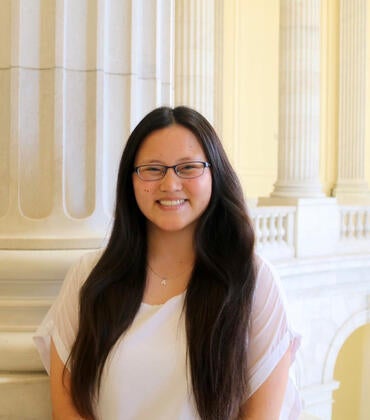Asian Americans and Pacific Islanders are the fastest-growing racial groups in the country, and the 2020 census is expected to reflect continued rapid population gains among these populations.
Yet at the same time, the U.S. Census Bureau’s research has shown Asian Americans are the racial group least familiar with the census, as well as those most reluctant to participate.
Given these twin dynamics, it’s more essential than ever for philanthropy, government, industry, and academia to develop and implement a variety of resources to ensure a complete and accurate count among Asian American and Pacific Islander communities, said Karthick Ramakrishnan.
Ramakrishnan, a professor of public policy and political science at the University of California, Riverside, directs the research initiative AAPI Data, a nationally recognized publisher of demographic data and policy research on Asian Americans and Pacific Islanders, or AAPIs.
AAPI Data recently partnered with the the national membership organization Asian Americans/Pacific Islanders in Philanthropy, or AAPIP, to create and release a simple yet powerful mapping tool.
Available here, this digital tool is intended to help journalists, decision-makers, and community organizations better understand the diversity and geographic settlement patterns of AAPIs across the country.
Users of the free platform can find detailed census tract-level maps for the 20 largest metropolitan areas for Asian Americans in the U.S. and identify the largest Asian American or Pacific Islander resident group in each tract. They can also access additional information about the population size and share of 21 Asian American and six Pacific Islander origin groups.
“We are thrilled to be able to offer this mapping tool to help the work of policymakers and community organizations alike,” Ramakrishnan said. “This work is in line with AAPI Data’s goals of taking a complexity of data and making it as simple and accessible as possible."
Sunny Shao, a political science doctoral student at UCR and lead researcher at AAPI Data, headed the effort to develop the mapping tool.
“It was a wonderful opportunity for me to hone my mapping skills using ArcGIS, and to help our communities in the process,” Shao said. ArcGIS is a geographic information system for working with maps and geographic information maintained by Esri, the world’s leader in geographic information systems, located near Riverside in the city of Redlands.
“We are so lucky to have Esri as a neighbor,” Ramakrishnan said. “They’ve developed a powerful array of mapping tools, and we’re grateful for their support in developing this platform.”
Ramakrishnan added that both AAPI Data and AAPIP hope the mapping tool will continue to prove useful well beyond the 2020 census. In particular, it has the potential to be a practical aid for communities engaging in important conversations with public officials, nonprofit foundations, and businesses to benefit the diverse, rapidly growing AAPI community, he said.



